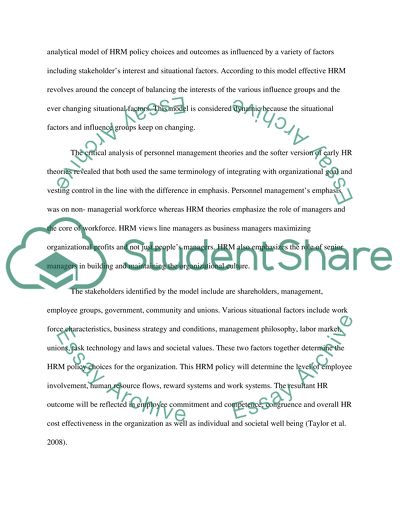Cite this document
(“Integrated Strategic Human Resource Management Essay”, n.d.)
Retrieved from https://studentshare.org/human-resources/1417391-integrated-strategic-human-resource-management
Retrieved from https://studentshare.org/human-resources/1417391-integrated-strategic-human-resource-management
(Integrated Strategic Human Resource Management Essay)
https://studentshare.org/human-resources/1417391-integrated-strategic-human-resource-management.
https://studentshare.org/human-resources/1417391-integrated-strategic-human-resource-management.
“Integrated Strategic Human Resource Management Essay”, n.d. https://studentshare.org/human-resources/1417391-integrated-strategic-human-resource-management.


